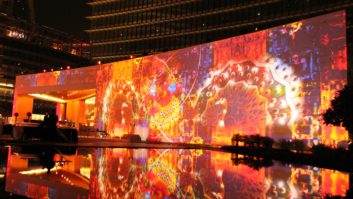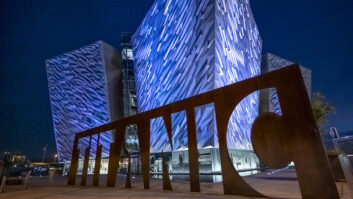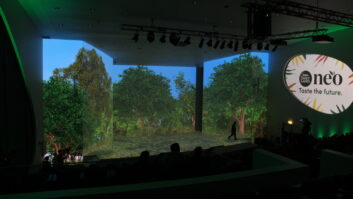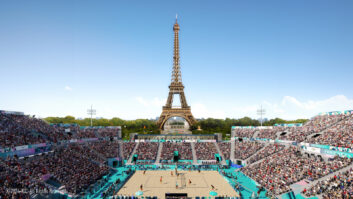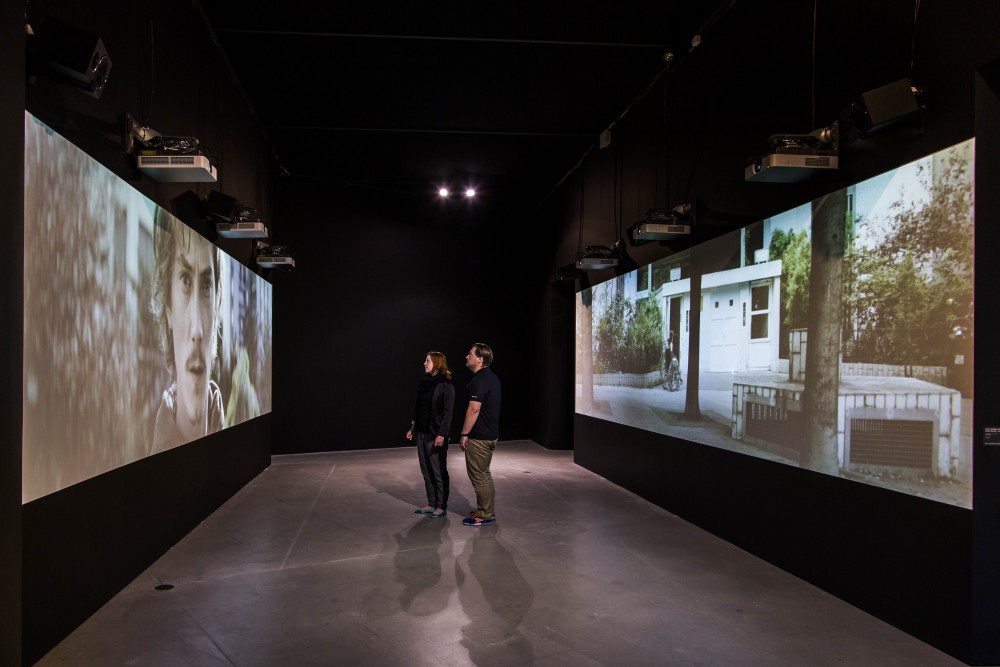
Previously, we’ve looked at whether ‘high end’ is synonymous with ‘high brightness’, and asked why maximum brightness has stopped increasing. In this final feature excerpt, we look at other features of high-end projectors – and discuss whether simply loading more and more features is the right way for manufacturers to go. Ian McMurray reports.
Brightness is only one area of focus for projector manufacturers. Unsurprisingly, affordability is another. In 1996, the 1,000+ lumen Electrohome Vista Pro, launched at a price close to $50,000 (which was even more money back then than it is today). David Close, products and applications manager, EMEA at Digital Projection, picks up the story.
“Fifteen years ago, a projector costing, say, $80,000 would have been around 7,000 lumens,” he notes. “Today, you can easily expect the same money to get you 20,000 lumens. In terms of features, more and more models across the range have built-in geometry correction, edge blending and 3D as well as the new connectivity such as HDBaseT and DisplayPort, in both 3-chip and single-chip DLP projectors. Around the corner is the ability to deliver 4K images at a 60Hz frame rate over a single cable using DisplayPort.”
Richard Marples, strategic marketing director, venues and attractions at Barco, paints a similar picture. “On the inputs side, we now see HDMI, DisplayPort and HDBaseT,” he says. “This has made things easier from an installation point of view compared to the old analogue RGB cables. Blending and warping have got more sophisticated as the requirement to achieve 3D building mapping has emerged and taken off. Control of projectors over a network has also become very important.”
“While brightness is still essential to a good projection solution, picture quality and other practical features such as maintenance-free operation, instant on/off and ultra-short throw capability are now incredibly important,” adds Robert Meakin, senior product manager at Sony Europe.
“Laser technology will bring many benefits beyond just high brightness,” notes Gerd Kaiser, product line manager – large-venue projectors at NEC Display Solutions, “including no lamp replacement requirement, long-term brightness stability, less decrease in brightness, nearly maintenance free, lower thermal emission, lower power consumption and a lower total cost of ownership.”
“Bright 4K projectors will be a great innovation for many applications,” he continues, “meaning there is no need for edge blending in order to achieve a higher-resolution image. It will be much easier to use a single compact 4K high-light output projector instead.” According to Kaiser, NEC will ship the PH1201QL in December, which is, he claims, the world’s first compact 4K laser projector.
Is it the right thing, though, to keep adding functionality and capability at the high end? Close isn’t so sure.
“For sure, there will be more brightness in smaller packages with potentially more features,” he believes. “However, there is a mood that asks, why should we load every model with features that the majority of users don’t actually need? Should we not package these features in different ways, which in turn may make the core benefit of projection – namely bright, high-resolution images – from a neat and compact package that can create images on a vast number of surfaces that is simply not possible with other displays? Projection is here to stay, regardless of how many features we cram into the box.”
Regardless of the direction that manufacturers elect to follow, their customers will continue to demand more and different.
“Creativity will push the boundaries of what can be done with projection,” avers TDC managing director Michael Hassett. “Its future is encouraging.”
It used to be said that you can never have too much brightness from a projector – and that may well still hold true. However, what’s emerging at the high end is a more balanced view that says that you can’t have too many pixels, or too many connectivity options, or too full a suite of image manipulation features, or too low a cost of ownership. Brightness is likely to continue to be the headline grabber – but for the majority of customers, it seems that developments in other areas will be at least as important.
www.barco.com
www.digitalprojection.com
www.nec-display-solutions.com
www.pro.sony.eu
www.tdc.com.au

